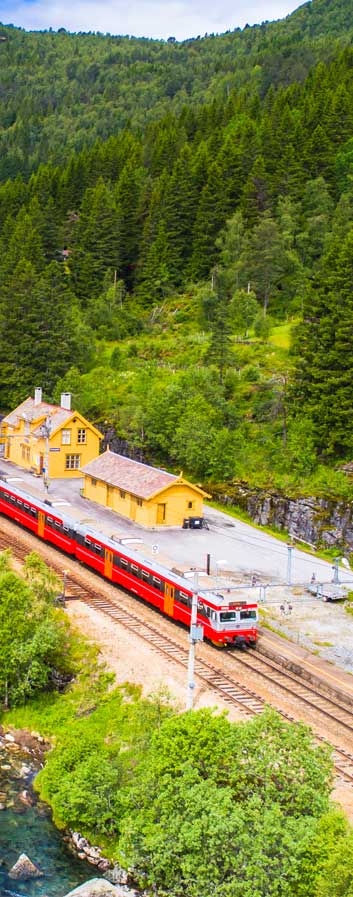Sundarbans National Park
Sundarban, the largest delta in the world, consists of 10,200 sq km of Mangrove Forest, spread over India and Bangladesh. The part of the forest within Indian territory is called Sundarbans National Park and is in the southern part of West Bengal. The Sundarbans cover an area of 38,500 sq km, of which about one-third is covered by water/marsh. The forest has a large number of Sundari trees and it is said that the forest derived its name from these trees.
The people of Sundarbans are primarily dependent on agriculture and live in villages adjoining the forest. The hardships of daily existence have given rise to fraternal feelings and non-communal traditions here. Members of both Hindu and Muslim communities worship the same Gods and Goddesses. Wildlife flourishes in Sundarbans, and the main attraction is the Royal Bengal Tiger. These tigers have adapted themselves to surviving in Sundarbans and developed the ability to swim in the saline waters. It is the natural habitat of many other wild animals like jungle fowl, giant lizards, spotted deer, wild boar, crocodiles, etc. Siberian ducks set up residence during their migratory season. Besides the Royal Bengal Tiger, Sundarbans is also home to endangered species like Batagur baska, King Crabs and Olive Ridley Turtles.
Sundarbans has been a wildlife sanctuary since 1966. Sundarbans National Park was proclaimed as the core area of Sundarbans Tiger Reserve in 1973. It was declared a UNESCO World Heritage in 1987 and the Sundarbans region as a whole was declared a Biosphere Reserve in 1989. It is estimated that there are now 400 Royal Bengal tigers and about 30,000 spotted deer in the area.



































